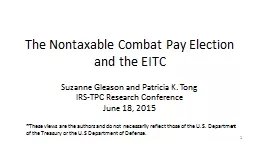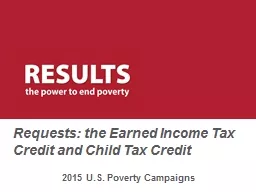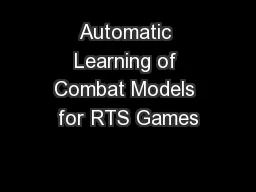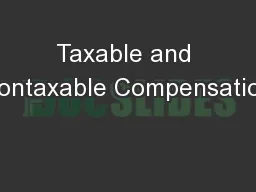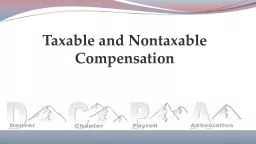PPT-The Nontaxable Combat Pay Election and the EITC
Author : karlyn-bohler | Published Date : 2018-12-04
Suzanne Gleason and Patricia K Tong IRSTPC Research Conference June 18 2015 1 These views are the authors and do not necessarily reflect those of the US Department
Presentation Embed Code
Download Presentation
Download Presentation The PPT/PDF document "The Nontaxable Combat Pay Election and t..." is the property of its rightful owner. Permission is granted to download and print the materials on this website for personal, non-commercial use only, and to display it on your personal computer provided you do not modify the materials and that you retain all copyright notices contained in the materials. By downloading content from our website, you accept the terms of this agreement.
The Nontaxable Combat Pay Election and the EITC: Transcript
Download Rules Of Document
"The Nontaxable Combat Pay Election and the EITC"The content belongs to its owner. You may download and print it for personal use, without modification, and keep all copyright notices. By downloading, you agree to these terms.
Related Documents

